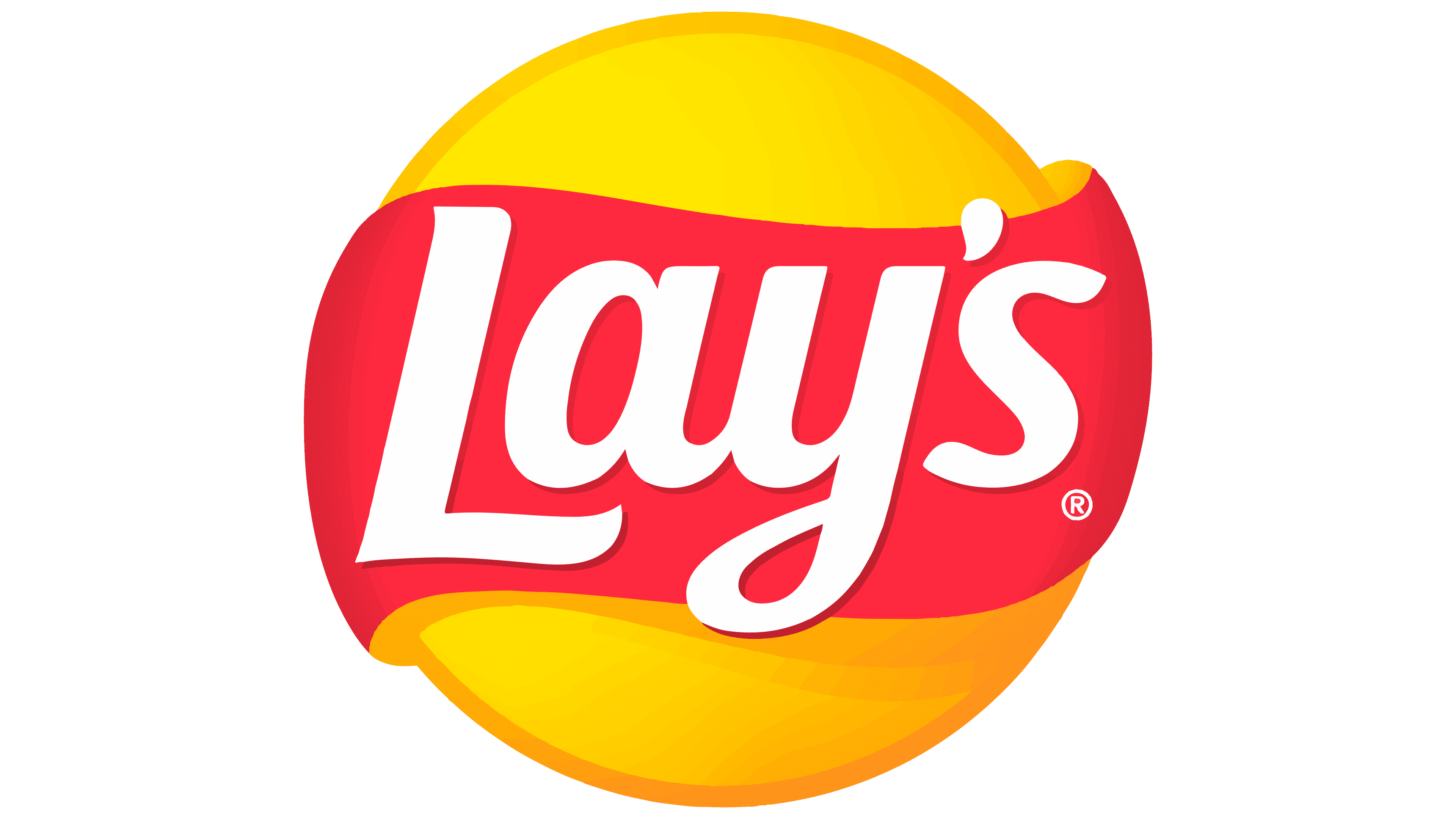after almost 15yrs my plex server is no more. jellyfin behind nginx with authentik is running very nicely.
I just wanna get rid of Plex so bad but jellyfin isn’t going to work for my grandma…
I’ve heard people had luck with Tailscale playing nicely with non Plex options. I can’t say I’ve tried it. Though I do use Tailscale. Essentially if you setup Tailscale for Grandma it’ll be like she’s sitting on your local network. Even better, set it up on her router and you can literally debug all her Internet problems if you can ping it.
Beyond that a raspberry pi with a battery backup on a 4G subscription connected to the router. That would be the ultimate “grandma” setup. Connect her router/modem power to remote power cycle. But I digress.
The irony of not wanting to use Plex and saying to use Tailscale to let you use jellyfin is just too good.
if my parents can navigate it your grandma can :)
If your grandma can handle torrenting over VPN, then she can probably handle Jellyfin.
The people asking why confuse me…y’all acting like jellyfin is easy to use on an off-site tv when it’s literally not for non tech savvy people. I don’t understand why jellyfin just doesn’t nut up and make an samsung tv client or something?
My 67 year old Mother has been using Jellyfin for years via Chromecast. Change the TV input to Chromecast and pull up the Jellyfin app. And that’s it. She never leaves Jellyfin and the Chromecast is never shut off, even if the TV is.
It’s amazing to me that you fanboys pretend like Plex is easy to use but Jellyfin is somehow not. It’s generally the exact same interface.
I don’t understand why jellyfin just doesn’t nut up and make an samsung tv client or something?
Because application development is expensive, and they’re open source–not funded by corporate interest like Plex. What exactly about that is difficult to understand?
Lol bad day huh
You can run them concurrently and let grandma continue to use plex.
Host both. Keep plex up for your gma, Jellyfin for everyone else. Tbh Jellyfin is also pretty intuitive. Currently I’m hosting both, but my gma doesn’t use it, so I’ll probably move completely to Jellyfin.
I understand. I have converted fully to JF which required people to get onn players, and tunnel into my network and it was a lot of work on my end too.
Do what works for you and them.
Why? It’s been much easier for me
Grandma? Pls send money.
Could you point me to a good tutorial for hosting Minecraft server for my kids?
if you want easy java minecraft i might try something like https://github.com/itzg/docker-minecraft-server though i’ve not tested that one beyond ‘it did install’.
for bedrock this walkthough does a good job of covering the steps. https://harrk.dev/dedicated-bedrock-minecraft-server-ubuntu-setup/
microsoft has a habit of changing the download url regularly so automating it gets annoying. my kid has moved onto java so i’ve just left the bedrock server shutdown.
if you really want to run a java server outside docker and you’re comfortable with bash scripts, i can post mine here. but one of the docker builds is going to be the simplest way to get started with it.
What is authentik and could I use it on podman with compose?
The best and most versatile system is having domains and a reverse proxy that has internal and external domains. Ie jelly.example.com and Vaultwarden.internal.example.com
Then you add authentik which does SSO for many app like nextcloud, immich, linkwarden etc. For apps that don’t integrate, you can still use his with reverse proxy authentication (sonarr).
Naturally this is more complex to setup but nothing beats the versatility.
I can choose extra protection for things like vaultwarden (need to connect via wiregaurd). Make things external for other users to access easily (immich, jellyfin, etc). Everything is based on users that are made in authenticatik and they all have the same password with single sign on.
You would approach this is pieces. get the domain and reverse proxy working first. Then authentik. this is only realistic with docker compose.
authentik is an identity server. theres a couple free ones available, this one just worked for me. it provides oauth and ldap fallback for the jellyfin server. along with login for most of the other servers i host like nextcloud/calibre-web/lychee etc. it has a nice easy log in process along with a ‘homepage’ kinda thing for everything my users can access with their account. makes it easier to support the non technical friends and family.
Its a pre-authentication gateway and SSO provider for OAuth/SAML. So if you dont trust a random docker container to be secure it requires you to authenticate and then it automatically passes a token to the app for SSO if it supports OAuth/SAML.
I’m also 90% done migrating to jellyfin. I’ve had the instance running for 6 months now, the cultural change to watch jellyfin is complete, except for my wife’s iPad.
Heck, I should just retire Plex. That will force the change.
These are the thoughts of a cold and calloused sysadmin. Didn’t get the email about the change? Too bad.
What are you using to watch jellyfin on iOS?
Can also use the web client
In order of personal preference:
Maybe just try them all out and find the one that fits you best. You could also use more than one (which is what I do).
Maybe, Streamyfin? its the only iOS App with Downloads and Offline-Mode
yeah it took me about 6 months with jellyfin to feel like i was ready to finally kill plex. the thing that finally did it was getting an email from plex asking if i’d like to check out whats streaming on hbomax.
Does jellyfin do untranscoded video/audio?
Haven’t used it in years but finally building up my media server again and I remember it had some funky settings for hardware encoding back then which I didn’t need because I was connecting to it via a repurposed gaming laptop that could easily handle 4k content and surround sound by itself.
I use jellyfin for unencoded audio and video on my clients that support it like my newer television, but I also use transcoded audio video on things that can’t handle the higher codecs like the raspberry pi.
There are a few things about jellyfin that I don’t like compared to Plex. First I can’t skip the intro of a show drives me nuts. The second one is it has newly added but not newly released. Other then that it has been really good.
https://github.com/intro-skipper/intro-skipper
*edit it’s such a common complain this got posted twice at the same time :)https://github.com/intro-skipper/intro-skipper solves your intro skipping issue.
i love jellyfin i just wish there was a nicer way to highlight collections so you could make themed weekly or monthly collections of movies and shows that also still show up in the regular folders… almost like netflix.
I’m probably mistaken, but I think there might actually be a plugin for this? I haven’t looked into it myself but I swear I scrolled past a plugin listing similar functionality at some point. Or I could be hallucinating. Or it could even exist but no longer work on the current version of the app. Who knows!?
That is coming, I saw a PR for that. Just need to be patient.
i have a lifetime plex pass, but I’d consider moving to jellyfin when their closed-captioning support reaches parity with plex. i regularly spin up a jellyfin container to try it out, but i still run into issues. And jellyfin’s android apps are mediocre (in particular android auto support), especially for music compared to plexamp
that’s about where i was at for a long while. manet finally replaced my apple carplay functionality from plexamp and plex lost it’s last advantage for me. i definitely got my moneys worth from that lifetime plexpass though.
I find Jellyfin’s subtitle search much better than Plex’s. Bonus for leaving a subtitle file right along with your file, instead of buried somewhere else so you can’t easily edit it.
Get Bazarr so you never have to worry about subtitle searching again.
For android auto, I use symfonium as it can hook into my jf library
This. I use symfonium for my audiobooks. Great app.
Congrats. I’m super particular about covers and naming and the conversion of file names that Plex needed to jellyfin is intensive.
I finally got got JF up and running but still working on adding edition names to each item that is special. I really wish there was an editions field so it wasn’t a manual title update. At least I can lock the field afterwards.
You could use Radarr and Sonarr to rename all your content if you want to. You can setup your own naming scheme and it will change it for you. As far as I know Radarr and Sonarr work with Jellyfin/Plex/Emby/Kodi etc
How did you set up Jellyfin with Authentik? Are you using SSO or is it only through LDAP?
i ended up doing both. ldap for the apps. oidc for web based users and the apps that support the quick connect feature. the local user account system works fine too, and ldap would be enough. i just wanted an excuse to play round with sso systems, and it was fun figuring out how to connect all my servers.
authenik has a good docs site for both it’s docker container and connecting it to jellyfin. Authelia looked interesting too.
Thanks! Don’t know how I missed the Authentik docs for this.
I just got Authentik / Traefik going for Navidrome, Jellyfin is next.
Does it play well for the mobile applications? If you use them?
the ldap auth works great for the apps. apps dont play well with an oidc login process. i ended up using both, oidc for web and ldap fall back for applications. made it easier for my non tech inclined users. most of the current apps also support quick connect, like the plex link process. you auth on a web browser and enter a code into the app. so it’s possible to use only oidc for log in and, i believe it should be possible use css to even hide the user name and password fields.
I want to leave too, but I really like PlexAmp for my music streaming. And no, Finamp doesn’t work nearly as well or look as nice.
Finamp is good for android and has a flatpak
What about subsonic or funkwhale? I think I also tried a third one I’m forgetting
Thanks for the suggestions. I’ll try them out. One thing that I hate is critical for me is integration with Android auto. It’s the last Google service I can’t seem to quit. Might have to give up and just roll with Bluetooth instead.
Navidrome and Symphonium. I use Android Auto every day with no issues.
symfonium has been mentioned in this post before specifically for android auto. i had the same hang up with apple car play. i didn’t use most of the plexamp fancy features. i just wanted it to play music and be easy to use when driving. manet finally came along for ios. though i’m still hoping one of the open source apps adds the functionality later.
PlexAmp is so good. Nothing else comes close.
I am still using Kodi. It is feeling a bit long in the tooth in current year, but I can’t complain. I tried Plex because chromecasting is a feature I would love. Sadly it didn’t support the ISOs of my 1:1 rips. Maybe it does now (I stopped waiting for them years ago). As for Jellyfin, they seem to have an anti-ISO stance. One of the devs seemingly (or someone claiming to be a contributor) said I should convert all my media to a more modern format and make my own menus because it would be fun. Oh well, Kodi it is.
i’ve never heard of anyone that keeps dvd menus around. like, i get it for archival purposes but i would never want to actually navigate a menu when i want to watch something. in my mind it’s like sitting through the commercials on a rented vhs. i would probably store a converted copy as well, in a format that would let me specify from the application what track and subtitle i want so i can set a default.
i love old dvd menus :(
maybe it’s because i grew up with vhs first but dvd always felt like a lot of hassle compared to just “put it in and watch”
Blu-ray menus do kind of suck, but they are still mostly good enough to make all the supplemental material accessible (assuming the studio bothered to provide any anymore). But DVD menus (at least during that earlier golden age) add a layer to the experience I never knew I had been missing.
The Rocky Horror Picture Show has some dancing fishnet legs and sexyhorror lips dancing around. You get to see so many extras and choose two versions of the movie and AND a secret Easter egg third version. A smorgasbord. Same for Terminator 2: two good versions of the movie and that lame Star Trek-ish ending one was hidden and I love having the option to not watch it. Plus many more. Fight Club is the only one I can think of to make use of that camera angle swapping button. The DVD versions of Dragon’s Lair and Space Ace wouldn’t work any other way.
Perfect way to kill time when others go for a last minute toilet visit or decide to make popcorn. I am not going to the trouble of transcoding my entire library to get less.
i ripped all my dvds specifically to get rid of the menus because they were slow, hard to use, and full of frustrating animations. they usually just felt like an afterthought.
i’ve never been one to be swayed by extras, it usually just feels akin to jingling keys to get me to buy shit. maybe i’m weird.
Streaming services don’t include any extras. Torrents (so I am told but I would never do that, myself, haha) are just the movie and maybe subtitles but nothing else. I doubt you are in the minority. Anyway, we are both afforded options to enjoy however we like. (Just wish I had chromecast support, but I will live). Cheers.
oh absolutely, it’s fascinating to hear a perspective i didn’t know existed.
Why all those VMs instead of containers?
it’s just what i’m comfortable with. started playing with linux servers before docker existed. i’ve got frigate and authentik running in docker, but if i have the option to run something outside docker i still prefer that.
To each their own man. I just would not have enough memory on my potato servers to run all those VMs 😅
I saw this and was pleased, actually. The relative opacity of containers makes them a validation challenge and hides versioning from standard tooling used for large host populations and/or enterprise.
Even if they sparkle.
Plex still good for the boys that bought the lifetime pass. I understand why people would change. But it’s still the best plug and play option. Waiting until they break the “lifetime” thing and fuck us over.
Didn’t that already happen? Or am I misremembering?
Mostly not yet. They did restrict the bandwidth on relay, but anyone with half a brain can open a port and that still allows apps to direct connect without relay. Honestly I wish could just force it to never relay since randomly my iPad will use relay even when I’m on the same network but that’s more because the new iOS app since the rewrite is dogshit.
Lifetime pass since 2012 here.
Hmm I don’t like dogshit. Nobody ever seems to clean it up.
I’m pretty certain that you can turn Relay off in your account settings.













